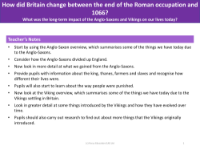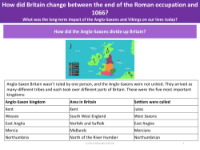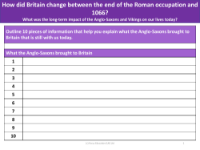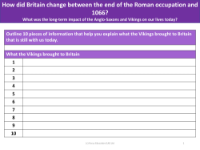How did the Anglo-Saxons bring law and order to Britain? - Info pack
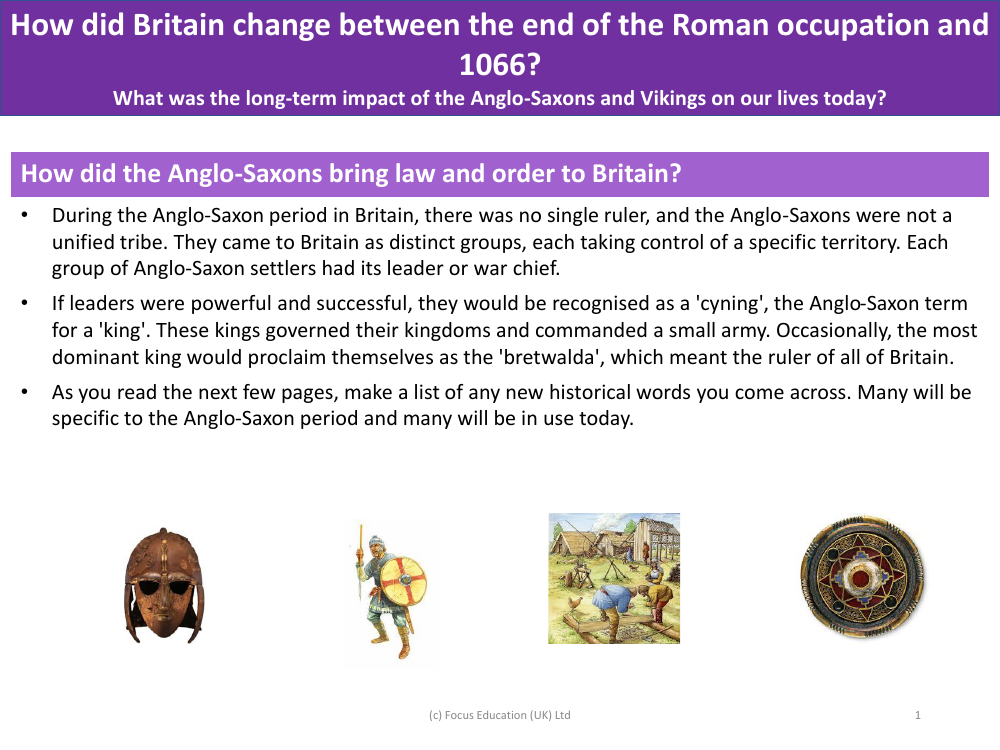
History Resource Description
The Anglo-Saxon period in Britain was marked by a lack of a single ruler and a series of distinct groups, each with its own leader or war chief, controlling different territories. These leaders, if deemed powerful and successful, could be acknowledged as a 'cyning' (king), who would govern their kingdom and lead a small army. Sometimes, one king would assert dominance over the others and declare themselves 'bretwalda', a title signifying the ruler of all Britain. The Anglo-Saxon social hierarchy was complex, with kings at the top, followed by influential 'thanes', and the general populace comprised of 'ceorls' (commoners) and slaves at the bottom. This structure was pivotal in maintaining law and order during the era.
Law enforcement in Anglo-Saxon Britain did not involve prisons; instead, criminals faced execution or fines, with those evading justice being declared 'outlaws' who could seek sanctuary only in churches. The penalty for burglary was a fine paid to the victim, and harsher punishments like mutilation were reserved for lesser crimes. The 'weregild' system was a key legal concept, requiring perpetrators of injury or murder to financially compensate the victims or their families. This system aimed to prevent ongoing feuds by assigning a specific value to different members of society, with the weregild for a thane being 6,000 pennies and for a king, an immense 90,000 pennies. Through these measures, the Anglo-Saxons sought to establish a semblance of order within their communities.

